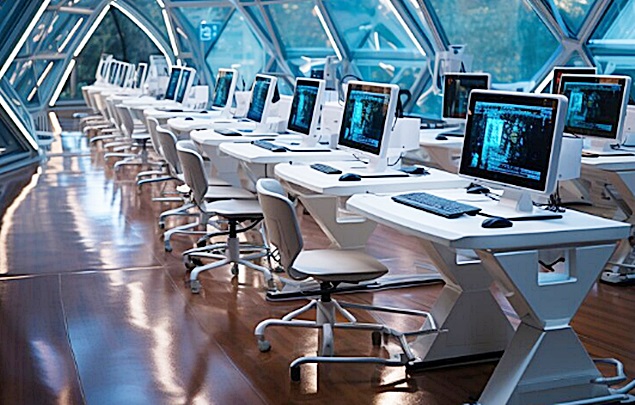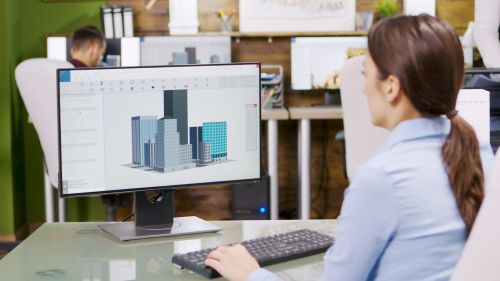
Hybrid Work Persists: Office Presence Still Below Pre-Pandemic Levels, Says Colliers
Four years after a dramatic shift in how we work, physical presence in the office remains well below pre-pandemic levels. According to the latest Colliers report, “Transforming Offices into Magnets for Talent”, which analyzes data from 144 office buildings worldwide—including in Romania—fewer than half of employees are in the office at the same time during 83% of the working week.
This low attendance directly impacts collaboration, communication, and a company's ability to maintain a strong organizational culture.
The Office Needs Purpose, Not Just Space
Colliers consultants emphasize that simply having an office is no longer enough. What truly matters is how the space is used and the role it plays in employees' professional lives. Offices should be an intentional part of daily routines, offering clear purpose and value. Without this, employees won’t feel motivated to return.
A workplace becomes genuinely “vibrant” when 50% to 85% occupancy is achieved—this is the sweet spot that balances activity, interaction, and flexibility. Below this threshold, offices risk becoming quiet, disengaging spaces, lacking the human connections that define collaborative environments.
When this happens, employees are less inclined to return, and the office loses its value as a hub for collaboration and a sense of belonging.
Key Drivers That Influence Office Attendance
According to Colliers, the most important factor encouraging employees to return to the office is having a readily available workstation on the days they choose to come in. This simple yet critical factor can increase in-office presence by up to 1.3 days per week.
Other key elements include:
- A clear hybrid routine: Stable and predictable schedules add an average of 1.1 extra days in the office each week.
- Direct communication from managers: When managers clearly express the expectation of office presence, attendance increases by 0.9 days per week on average.
On the other hand, classic perks—such as free lunches, quality coffee, or small amenities—no longer significantly influence employees' decisions to work from the office.
Instead, employees weigh practical aspects such as commute convenience, work-life balance, and how effective they are when working remotely. Put simply: people will return only if the office offers a better experience than their current home setup.
Rethinking Office Design as a Competitive Advantage
In this new reality, Colliers urges companies to reimagine the role of office spaces. Offices should no longer be seen as obligatory workplaces, but as engaging environments that support communication, foster innovation, and cultivate authentic interpersonal relationships.
The goal is to create workplaces employees choose to be in—not because they’re required to, but because they provide value, human connection, and real support in day-to-day activities.
To achieve this, Colliers recommends redesigning offices around the real needs of teams, with an emphasis on spaces that encourage collaboration, interaction, and flexibility. In today’s context, success is no longer measured by how many people fit into an office, but by how effectively they work together. Intelligent office design is becoming a crucial competitive edge for companies seeking to attract and retain top talent.
Romanian Market: Offices with Meaningful Use Still Hold Value
In Romania, more and more companies are reassessing how they use office spaces. On a dynamic market that demands a balance between costs, flexibility, and organizational culture, the physical office can still be a cornerstone of company identity—but only if used meaningfully.
According to Colliers’ property management department—a market leader in Romania, overseeing over 500,000 square meters of office space—average office occupancy surpassed 50% back in 2024, yet still falls short of pre-pandemic norms.




